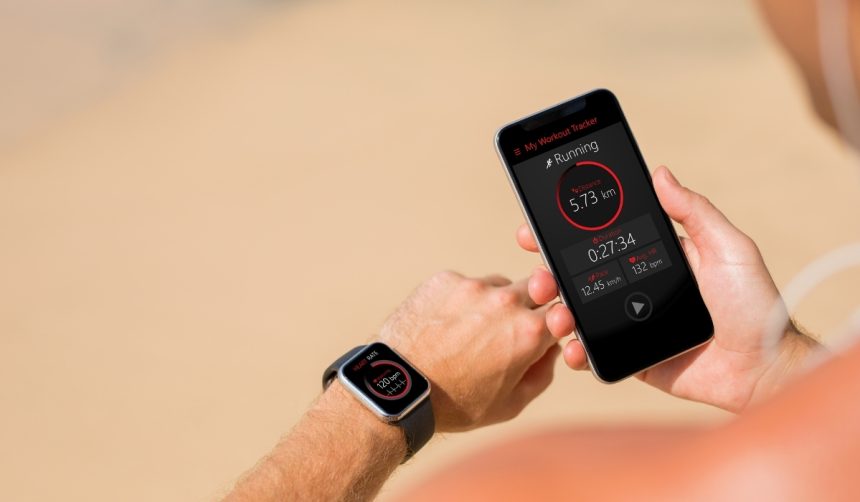As consumers demand seamless experiences across devices, Apple is developing new features to make iPhones work better with wearables like Garmin and Fitbit watches. This move, hinted at through concealed iOS 26.1 code, could change the way iPhone users interact with non-Apple health and fitness products. Enhanced compatibility would mean better data synchronization and potentially improved user engagement with third-party health trackers, giving consumers more choice in how they monitor their wellbeing. While Apple traditionally prioritizes its own Apple Watch, this expansion could signal a more open approach, offering greater interoperability and flexibility for users who prefer other fitness platforms.
Past discussions around third-party wearable integration often pointed to limited support, with Apple Watch maintaining a privileged position within the iOS ecosystem. Previous iOS updates have occasionally provided incremental improvements to external device pairing but lacked robust data sharing or advanced integration features. Companies like Garmin and Fitbit have historically relied on their proprietary apps, with users facing hurdles when syncing health data to the iPhone’s native Health app. By comparison, the latest findings indicate a more direct and potentially comprehensive software-level cooperation, marking a notable shift from isolated experiences to a networked approach that could benefit a diverse range of wearable users.
What Do the iOS 26.1 Hints Reveal?
Clues uncovered by software specialists suggest that Apple is working on protocols to support deeper integration for Garmin and Fitbit devices within iOS 26.1. The discovered code implies a future where pairing and synchronizing health statistics—such as step counts, heart rate, and activity goals—between iPhones and these third-party wearables becomes more streamlined. While there is no confirmed release date or explicit public statement from Apple, the inclusion of these features during software testing signals a tangible investment in cross-brand compatibility.
How Might Users Experience Improved Integration?
If the updates go live, users can anticipate a smoother and more direct connection between their iPhones and Garmin or Fitbit products, likely minimizing the need for multiple apps or cumbersome data transfers. This development would let individuals consolidate their health data more efficiently and access summaries within Apple’s Health ecosystem. Apple has acknowledged the interest in broader device support, stating,
“We are always exploring ways to deliver more connectivity options to our users.”
Both Garmin and Fitbit watch owners could find it easier to keep their workout and wellness statistics updated across platforms.
What Could This Mean for Apple’s Wearable Strategy?
The integration project could reflect a broader competitive strategy for Apple, bridging the gap between its own products and those from rival brands. Welcoming established companies like Garmin and Fitbit into its ecosystem may encourage users to remain loyal to iPhones, even if they choose alternative fitness watches. An Apple spokesperson commented on the matter,
“Supporting popular third-party devices can create new opportunities for users with diverse preferences.”
This approach could also boost Apple’s appeal among health-conscious consumers who have established routines outside of the Apple Watch.
For users, the anticipated improvements suggest practical benefits—simplified pairing, consistent data tracking, and unified access to health metrics, regardless of the wearable brand. Such interoperability is especially relevant as consumers increasingly mix devices to suit specific preferences or needs. Observers will be looking for official announcements or further evidence in future iOS betas to verify the extent of these integration features. Those eager to maximize the utility of their fitness data may find the upcoming update well worth monitoring.
Expanding third-party compatibility within Apple’s tightly managed ecosystem would mark a notable evolution for iPhone functionality and user choice. Regular compatibility updates ensure users can combine devices across brands smoothly, reducing barriers to health data management and continuity. As digital health and fitness tracking become increasingly central to daily life, offering diverse options without sacrificing integrated experiences stands to benefit both Apple and its user base. Staying informed on forthcoming iOS releases and public beta feedback will be key for users interested in these impending enhancements.










